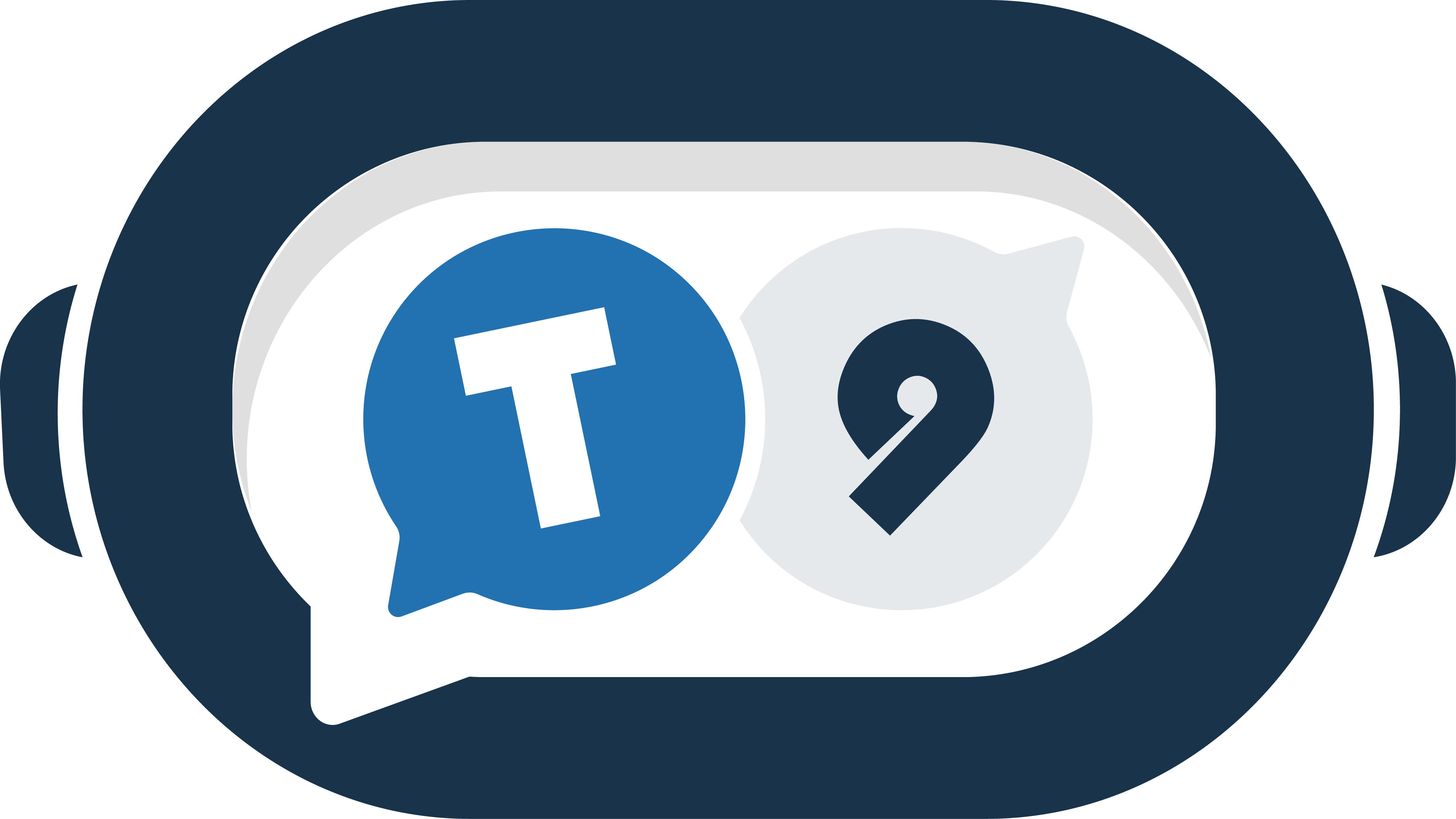In the realm of artificial intelligence, the emergence of large language models (LLMs) has revolutionized the way we interact with technology. Two prominent examples of LLMs, Bard and ChatGPT, have garnered significant attention for their ability to engage in human-like conversations and generate creative text formats. While both models share similarities, there are key distinctions that set them apart.
Bard is primarily built for research purposes, while ChatGPT is more focused on writing tasks. This means that Bard is better at understanding and answering complex questions, while ChatGPT is better at generating creative text formats and summarizing text.
Another key difference is that Bard can access and process real-time data, while ChatGPT is limited to data that was available in 2021. This means that Bard can provide more up-to-date information and insights on a wider range of topics.
ChatGPT: A Master of Creative Text Generation

ChatGPT, developed by OpenAI, excels in generating creative text formats, including poems, code, scripts, musical pieces, emails, and letters. Its ability to adapt its style to match different writing prompts makes it a versatile tool for content creation. Additionally, ChatGPT’s proficiency in summarizing text requests makes it a valuable resource for condensing lengthy articles or documents.
Bard: A Research-Oriented LLM

Bard, developed by Google AI, is designed with a focus on research applications. Its ability to access and process information from the real world through Google Search enables it to provide comprehensive and up-to-date responses to user queries. Bard’s strength lies in its ability to synthesize information from various sources and present it in a clear, concise manner, making it an ideal tool for research and knowledge discovery.
Key Differences
While both Bard and ChatGPT are powerful LLMs, there are distinct differences that set them apart:
- Focus: ChatGPT excels in creative text generation, while Bard is geared towards research and knowledge discovery.
- Information Access: ChatGPT primarily relies on its internal knowledge base, while Bard can access and process real-time information from the internet.
- Output Format: ChatGPT’s primary output format is text, while Bard can also generate code, scripts, and musical pieces.
Choosing the Right LLM for Your Needs
The choice between Bard and ChatGPT depends on your specific requirements. Here are some examples of tasks where Bard and ChatGPT might excel:
Bard:
- Answering a question about a complex scientific topic
- Summarizing a news article and identifying the key takeaways
- Generating a hypothesis for a research study
ChatGPT:
- Writing a poem, song, or script
- Translating a text into another language
- Generating a creative story
If you need a tool for generating creative content or summarizing text, ChatGPT is a strong contender. However, if you prioritize research and knowledge discovery, Bard’s ability to access and process real-world information makes it a more suitable choice.
Here is a table that summarizes the key differences between Bard and ChatGPT:
| FEATURE | BARD | ChatGPT |
| Primary focus | Research | Writing |
| Access to real-time data | Yes | No (limited to data from 2021) |
| Strengths | Answering complex questions, understanding and reasoning | Generating creative text formats, summarizing text |
| Weaknesses | Can be less creative, may not be as up-to-date on current events | May not be as good at understanding complex questions, may not be as good at reasoning |
Ultimately, both Bard and ChatGPT represent significant advancements in the field of artificial intelligence. As LLMs continue to evolve, their capabilities are bound to expand, further blurring the lines between human and machine interaction.
Overall, Bard and ChatGPT are both powerful LLMs with different strengths and weaknesses. The best model for you will depend on your specific needs and preferences.




